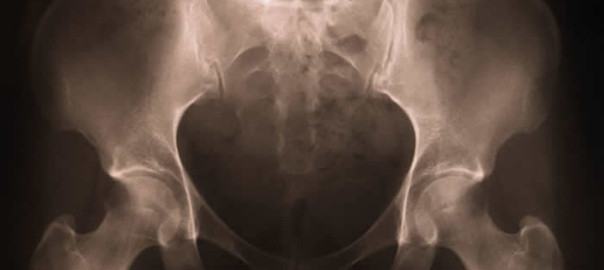PRP Therapy More Effective than Steroid Shots for Chronic Bursitis of the Hip

A study presented at the annual meeting of the 2014 American Academy of Orthopedic Surgeons indicated that platelet-rich plasma (PRP) therapy is more effective than steroid shots in patients suffering from severe chronic hip bursitis.
Bursitis of the hip is the leading cause of hip pain. A bursa is a small sac filled with a viscous jelly-like fluid, usually located near large joints. It serves as a smooth surface for moving parts of the body to glide over, thus reducing friction by acting like a cushion. The human hip has two major bursae—the trochanteric bursa and the ischial bursa—which when inflamed result in a condition called bursitis. Trochanteric bursitis is typically associated with pain in the outer hip and ischial bursitis causes a dull pain in the upper buttocks.
Hip bursitis can occur in anyone, but middle-aged and elderly women are more at risk. Overuse from repetitive movements, leg-length inequality, rheumatoid arthritis, hip injury, bone spurs, and spine disease are some of the risk factors for hip bursitis. In addition to pain medication, conservative treatment for the condition consists of rest and ice. However, severe cases are often treated with cortisone (steroid) injections to calm down the inflammation.
Although corticosteroids are fast acting and powerful anti-inflammatory agents that offer relief from inflamed muscles, tendons, joints, and bursae, they are essentially a “Band-Aid” treatment, offering symptomatic relief but failing to address the underlying cause of the condition. There is also is a limit on the number of corticosteroid injections a person can receive because prolonged treatment with steroids can damage surrounding tissues.
Now, study results have shown that platelet-rich plasma therapy, derived from the patient’s own blood, could be a superior alternative, providing not only more effective treatment of chronic hip bursitis but also more durable therapy compared to cortisone shots.
The study, conducted on 40 patients with severe chronic hip bursitis, compared steroids and PRP therapy. Patients were divided into two groups on a random basis. One group was treated with 40 mg of methylprednisolone while patients in the other group received a single injection of platelet-rich plasma.
Results were evaluated based on standardized indicators—the Harris Hip Score (HHS) and the Western Ontario and McMaster Universities Arthritis Index (WOMAC)—to assess functional limitation, pain, and stiffness both before and after treatment. Patients in both groups of the study had similar HHS and WOMAC scores before the injections. Three months following treatment, the patients who received PRP therapy had better scores compared to those who got the steroid shots. Interestingly, at the one-year mark following treatment, the PRP patients had persistently high scores while the scores of the cortisone patients had fallen back to the pre-treatment range.
The study authors concluded that this is compelling evidence that platelet-rich plasma therapy is not only more efficacious in treating severe chronic hip bursitis, but that the results of PRP therapy are longer lasting.
References:
http://www.eurekalert.org/pub_releases/2014-03/aaoo-pp031314.php
http://www.medicinenet.com/hip_bursitis/article.htm
http://orthoinfo.aaos.org/topic.cfm?topic=a00409
Image courtesy of http://www.npionline.org/


